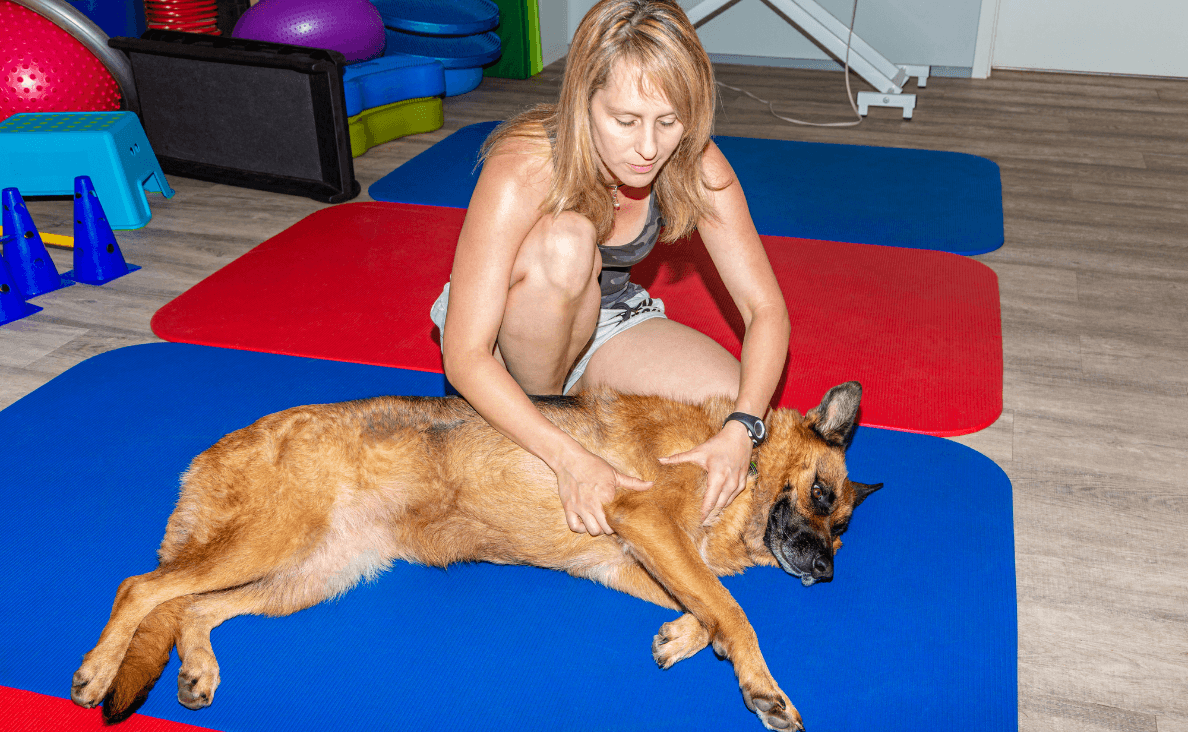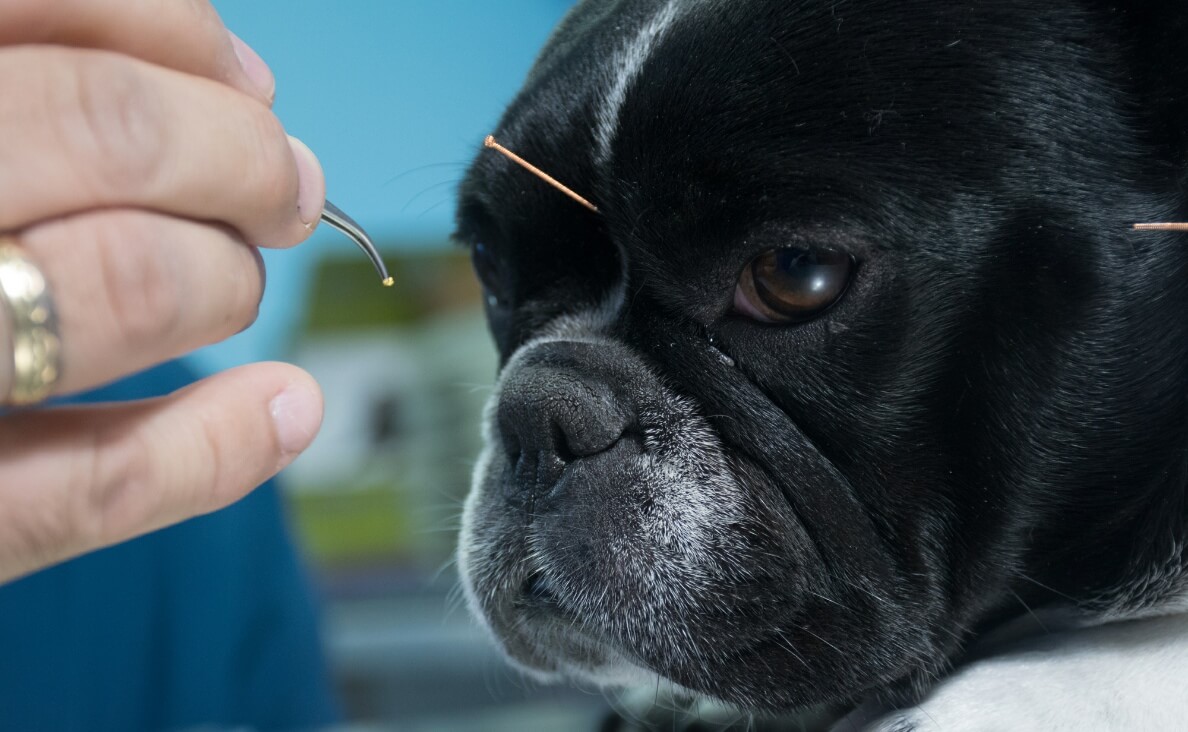
When your beloved furry friend faces a disability, it can be heartbreaking and challenging. However, the rise of integrative medicine offers hope and solutions for improving their quality of life. Integrative medicine combines conventional veterinary care with alternative therapies, providing a holistic approach to treatment. This post will explore how to treat your disabled dog with integrative medicine, highlighting the benefits and methods to enhance their well-being.
Understanding Integrative Medicine
Integrative medicine is an approach that merges traditional veterinary practices with complementary and alternative therapies. This blend aims to address the physical, emotional, and overall health of pets. By treating a disabled dog with integrative medicine, you can offer a comprehensive care plan that goes beyond just addressing symptoms. Instead, it focuses on promoting long-term health and wellness.
Integrative medicine for dogs includes a variety of treatments such as acupuncture, chiropractic care, physical therapy, herbal medicine, and dietary adjustments. These therapies can work together to provide significant improvements in your dog’s condition, offering relief from pain and enhancing their mobility and quality of life.

Common Disabilities in Dogs and Their Challenges
Disabled dogs can face numerous challenges, depending on the nature of their condition. Common disabilities in dogs include mobility issues, neurological disorders, and chronic pain. These disabilities can arise from various causes, such as injuries, congenital defects, or degenerative diseases.
For instance, dogs with mobility issues may struggle to walk, run, or even stand. Neurological disorders can affect their coordination and balance, while chronic pain can lead to a decreased quality of life and overall well-being. Traditional treatments often focus on managing symptoms, but they might not address the underlying causes or promote holistic health.
Integrative Medicine Approaches for Disabled Dogs
-
Acupuncture
Acupuncture involves inserting thin needles into specific points on the body to stimulate healing and pain relief. This ancient practice can be highly effective for treating a disabled dog with integrative medicine. Acupuncture helps by improving blood flow, reducing inflammation, and releasing endorphins, which are natural painkillers. Many dogs experience significant pain relief and improved mobility after acupuncture sessions.

-
Chiropractic Care
Chiropractic adjustments focus on the spine and musculoskeletal system. For disabled dogs, chiropractic care can help alleviate pain, improve mobility, and enhance overall health. Adjustments can correct misalignments that may be causing discomfort or hindering movement. Chiropractic care is often used in conjunction with other treatments to provide a comprehensive approach to managing a dog’s disability.
-
Physical Therapy and Hydrotherapy
Physical therapy is essential for strengthening muscles, improving flexibility, and increasing mobility. It can include exercises, massages, and other techniques tailored to your dog’s specific needs. Hydrotherapy, or water therapy, involves exercises performed in water, which reduces stress on the joints while allowing for effective movement. These therapies are particularly beneficial for dogs with arthritis, hip dysplasia, or other mobility issues.
-
Herbal Medicine and Supplements
Herbal medicine uses natural plants and extracts to support health and treat various conditions. For a disabled dog, herbal remedies can help manage pain, reduce inflammation, and boost the immune system. Commonly used herbs include turmeric, ginger, and boswellia. Supplements like glucosamine and chondroitin can also support joint health and alleviate symptoms of arthritis and other joint-related issues.
Related: Natural Pain Remedies for Dogs

-
Nutrition and Diet
A well-balanced diet is crucial for the overall health of a disabled dog. Nutrition plays a significant role in integrative medicine by providing the necessary nutrients to support healing and maintain optimal health. Special diets tailored to your dog’s condition can help manage weight, reduce inflammation, and improve energy levels. Incorporating high-quality proteins, omega-3 fatty acids, and antioxidants can make a noticeable difference in your dog’s health and vitality.
Creating a Customized Treatment Plan
Developing a personalized integrative medicine plan for your disabled dog involves several steps. First, consult with a veterinarian who specializes in integrative medicine. They will conduct a thorough assessment of your dog’s condition and overall health. Based on their findings, they will recommend a combination of therapies tailored to your dog’s specific needs.
Regular monitoring and adjustments to the treatment plan are essential to ensure its effectiveness. As your dog progresses, the integrative medicine approach can be modified to address new challenges and promote continued improvement. It’s important to maintain open communication with your veterinarian and report any changes in your dog’s condition.

Conclusion
Treating a disabled dog with integrative medicine offers a holistic and comprehensive approach to improving their quality of life. By combining conventional veterinary care with alternative therapies such as acupuncture, chiropractic care, physical therapy, herbal medicine, and a balanced diet, you can provide your furry friend with the best possible care. This integrative approach addresses the root causes of their condition, promotes overall health, and enhances their well-being.
If you have a disabled dog, consider exploring integrative medicine options. Consult with a veterinarian who specializes in this field to develop a customized treatment plan tailored to your dog’s unique needs. With the right care and support, your disabled dog can lead a happy, healthy, and fulfilling life.
By treating your disabled dog with integrative medicine, you’re taking a significant step towards ensuring their happiness and well-being.
We’d love to hear your experiences and thoughts on integrative medicine for disabled dogs. Share your stories or ask questions in the comments below.

 Does Seasonal Affective Disorder Affect Dogs?
Does Seasonal Affective Disorder Affect Dogs? Is RoundUp Weed Killer Safe for Dogs?
Is RoundUp Weed Killer Safe for Dogs? Everything You Need to Know About Cannabis Oil for Dogs
Everything You Need to Know About Cannabis Oil for Dogs COVID-19 Update: Is It Safe to Bring Dogs to Daycare?
COVID-19 Update: Is It Safe to Bring Dogs to Daycare? What Can a Dog DNA Test Tell You About Your Dog?
What Can a Dog DNA Test Tell You About Your Dog?






Leave a Reply